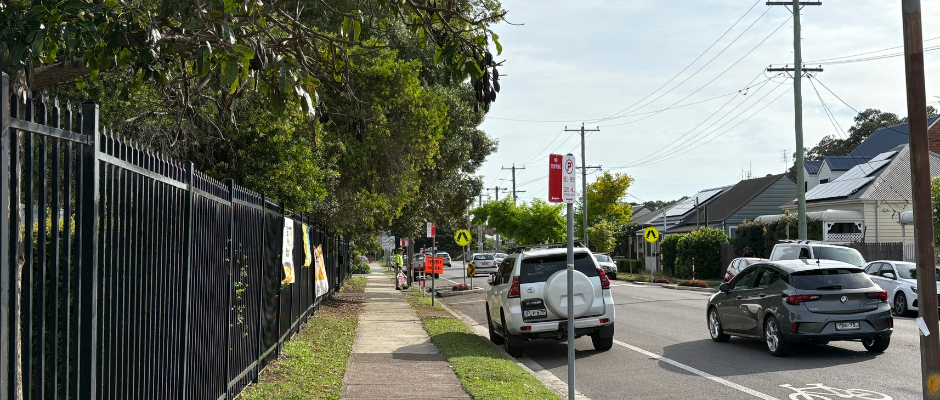
Islington cycleway improvements

We are improving transport safety and connectivity in Islington.
A new cycleway and shared footpath will connect users travelling to and from the Scholey Street rail bridge in Mayfield, through to Islington Park and on to the city centre.
The new cycleway and shared footpath will cater for all users of varying confidence and ability.
What does the project involve?
The 665-metre stretch will connect existing cycleway and shared path infrastructure, and will include:
- An on-road separated bi-directional cycleway, using concrete separators, along the north side of Chinchen Street from Linden Street to the east side of the Styx Creek bridge.
- A shared path along Chinchen Street and Hubbard Street from Styx Creek bridge to John Hooker Street.
- Landscaped kerb extensions at the Linden Street intersection to provide improved visibility and separation for cyclists crossing.
- Connections into the existing shared path at the Clyde Street traffic signals to provide a separated off-road option through the intersection.
- A raised priority path crossing along Hubbard Street across John Hooker Street, which gives priority to shared path users over road users.

What's the latest?
Starting from 25th February 2025, we will continue to upgrade the footpath along Hubbard Street, including a new raised priority path crossing at John Hooker Street. This next stage of works is expected to take approximately 5 weeks.
During this time the footpath on the western side of Hubbard Street will be closed from the traffic lights at Maitland Road to the pedestrian crossing in front of Islington Public School. Businesses and residents will continue to have access under traffic control during working hours. Pedestrian and cyclist access will be along the eastern side of Hubbard Street.
The entire project is expected to be completed by May 2025.
We thank you for your patience while we deliver this vital infrastructure that will cater for users of varying confidence and ability.
Why are we doing this?
We are committed to providing safe, connected, convenient, and comfortable infrastructure that supports people to cycle and walk.
This project supports CN's Cycling Plan and forms an important link in the R6 Regional Route which connects Newcastle City Centre to the University of Newcastle's Callaghan Campus.
Community consultation on this project.
News
30 October 2024 - Community and Councillors back Islington cycleway connection
22 June 2024 - New link to extend safer connections across Newcastle's cycleway network

Proudly funded by the NSW Government in association with City of Newcastle.
FAQs
As our designs for this project were being finalised, changes were made to the Australia Standards for traffic control devices, which gave us the opportunity to include a raised priority path crossing instead of the continuous path that was previously proposed.
The two-way on-road separated cycleway will require the reallocation of road space currently being used as on-street parking along some sections of Chinchen Street. These spaces are along Chinchen Street in front of TAFE Newcastle, which has sufficient off-street parking available for staff, students, and visitors.
To support the transport requirements of the school community, the shared path in front of Islington Public School will not impact the current on-street parking arrangements in Chinchen Street and Hubbard Street.
Parking bays will be utilised by crew while construction work is being undertaken.
Drainage upgrades are not required elsewhere on the project.
We know that maintaining cycleways is an important factor in encouraging people to choose cycling as a way to get around.











